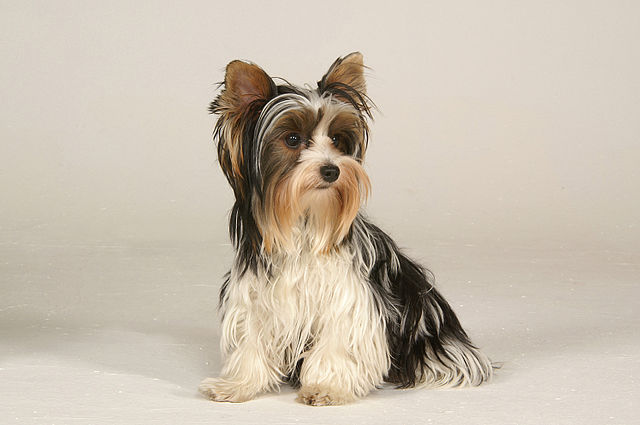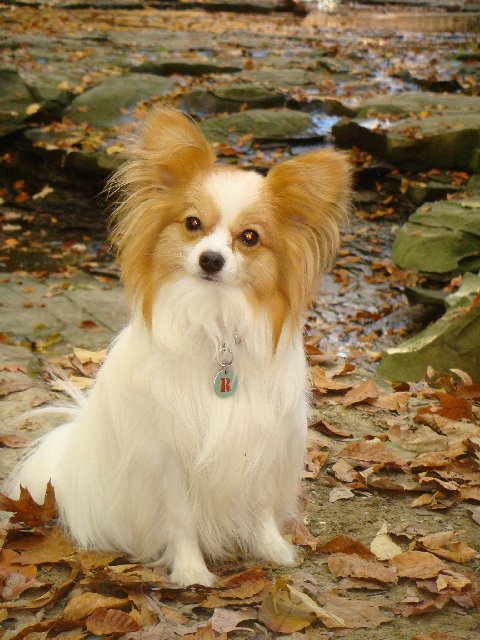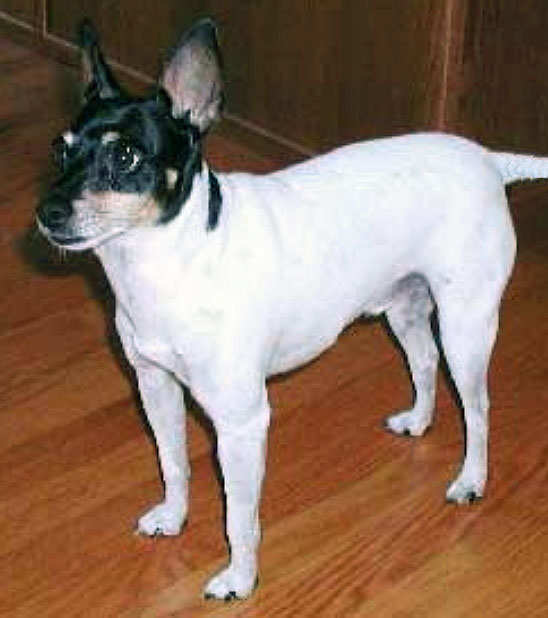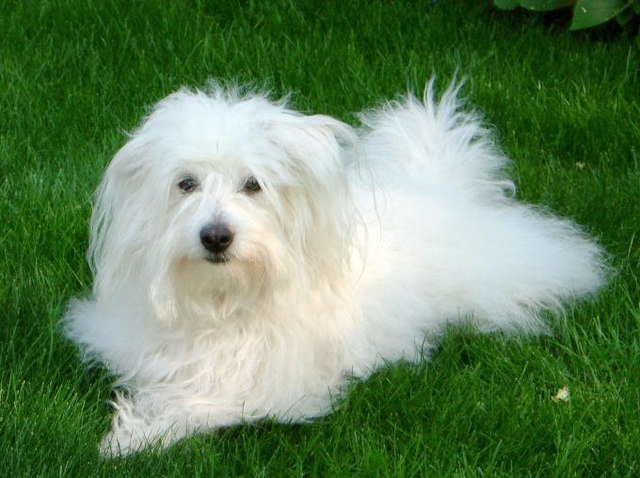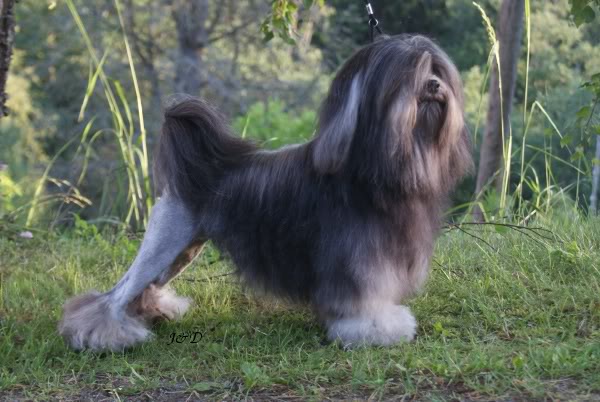The Kromfohrlander is a rare breed, originally bred to be a loyal companion and nothing else. In Germany, breed experts evaluate all potential breeding dogs in order to give the “ok” that the dog can be bred. Because there are few breeders even in its home country, the Kromfohrlander remains rare and with a limited gene pool. There is often a wait list to get a puppy. There are two coat varieties in the breed – rough coated and smooth coated (a deceiving name, as most smooths have longer plumes of hair on their ears and tail), and the smooths are far harder to come across. As of this moment, there are only roughs being bred in America (and only 4 American breeders total).
Kromfohrlanders are easy to train for most owners because these dogs tend to develop very deep bonds – they enjoy being with and training with “their people”. They are intelligent and have long attention spans, as well as possessing strong abilities to work around distractions. They make good candidates for trick training. This said, unlike breeds developed to work, they don’t always have the highest work drives. An owner may need to put in extra effort if they want their Kromi to do more difficult jobs – especially considering that many are not particularly food-driven either.
The Kromi’s coat is easy to care for, although rough coated dogs will need regular hand stripping. The breed doesn’t tend to smell even when wet, and dirt often falls off the coat when it dries meaning that the breed doesn’t need to be washed often. A good thing, considering all members of the breed have copious amounts of white fur! The breed does shed… but does so minimally. Finally, the small size of the dog means that he is quick to brush and bathe when he needs a grooming session. Don’t forget to regularly trim the nails!
Kromfohrlanders adore being with their owners as much as possible and wouldn’t be good candidates for being outside or in kennels all day. As companion dogs, they tend to follow their owners like shadows. If there is more than one owner, the dog will choose his favorite and spend the most time with them! The breed is docile and even-tempered at all times, reserved with strangers but loving and perceptive toward his owner. Fairly adaptable, he can live in any number of different situations as long as he can spend it with his person. He is lively, but not excessively so. The breed also gets along well with children and other pets, even small ones as he doesn’t have much of a prey drive.
Kromis have a clownish nature and are experts at brightening their owner’s day! Often greeting their loved ones with a smile and a characteristic sneeze, they think nothing of scaling the couch to give a better greeting or jumping into one’s arms for an enthusiastic hello. Many members of the breed are extremely long-lived (17-18 is not uncommon), so expect this greeting for years to come if you decide to own one! Do keep in mind however… a small gene pool means that Kromis are more likely than other dogs to get certain health conditions – namely epilepsy, keratosis (AKA “corny feet”), and cystinuria (too much amino acids in urine).
Kromfohrlanders tend to stick close to their owners and aren’t prone to running away. In fact, many would be content just to lay on a lap for most of the day, however exercise is still important and owners must make sure to provide them with it regularly. Walks and ball playing are two good options for activities. It should be noted that dog parks are not generally recommended as it can take Kromis awhile to warm up to new dogs.

Photo By Ellarie

